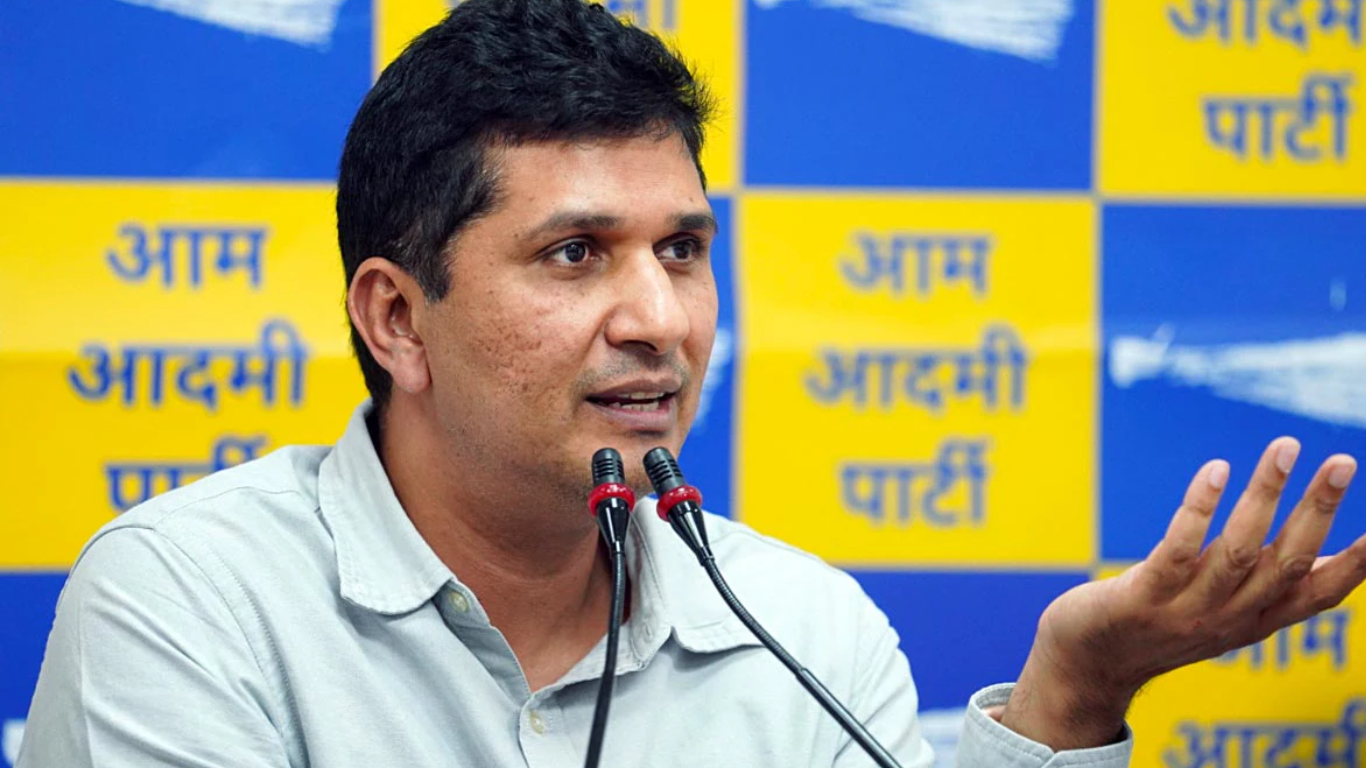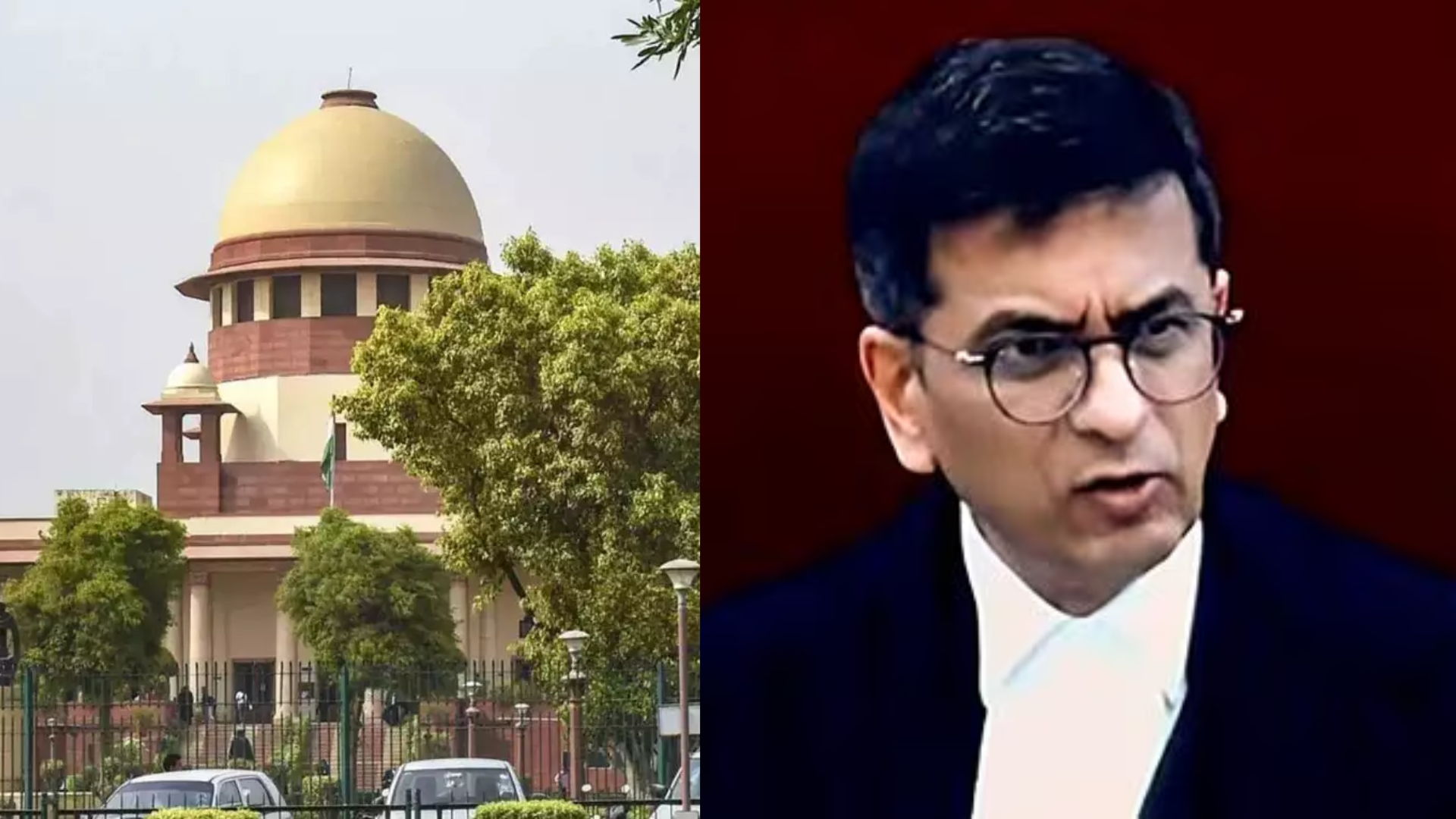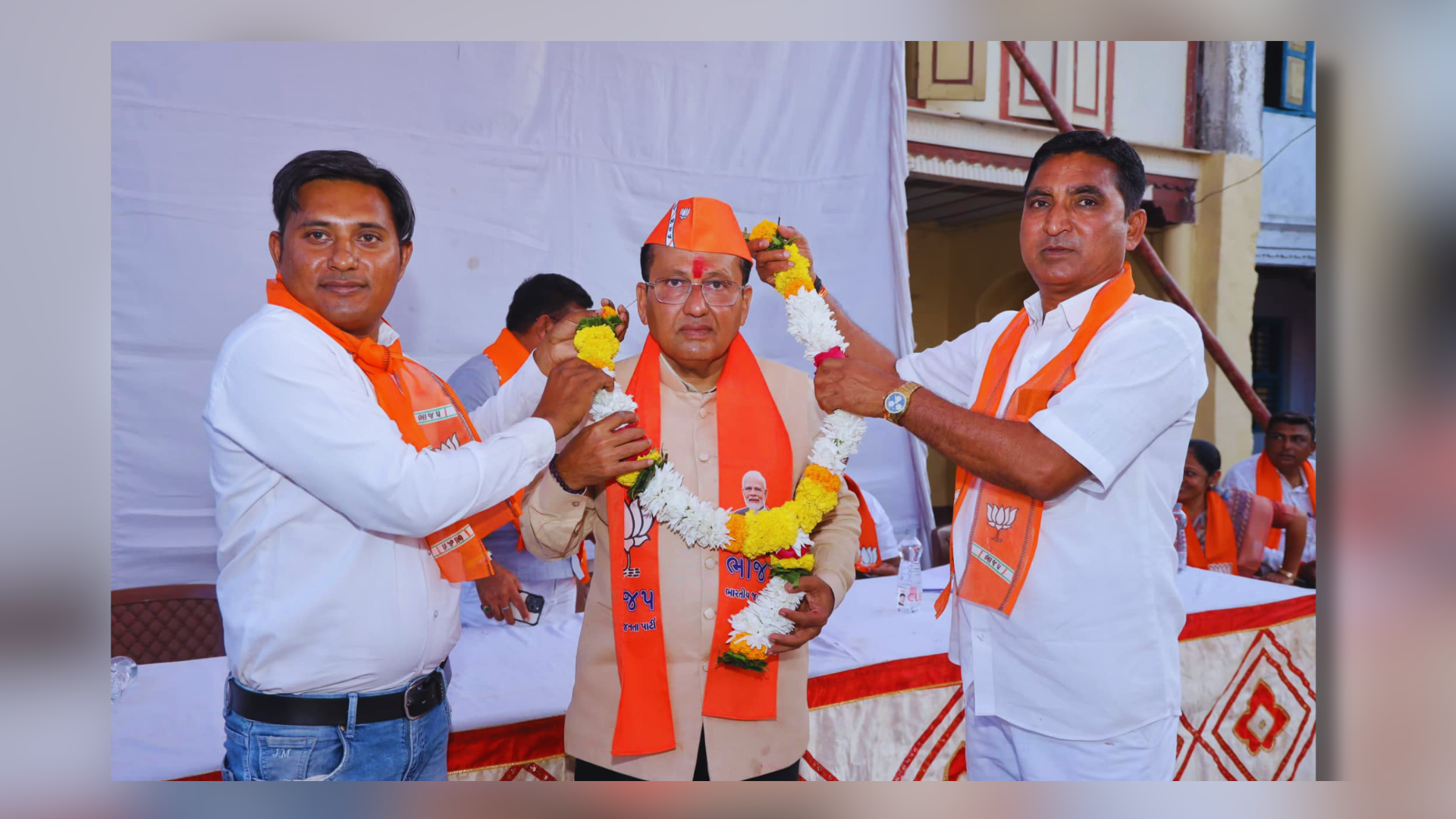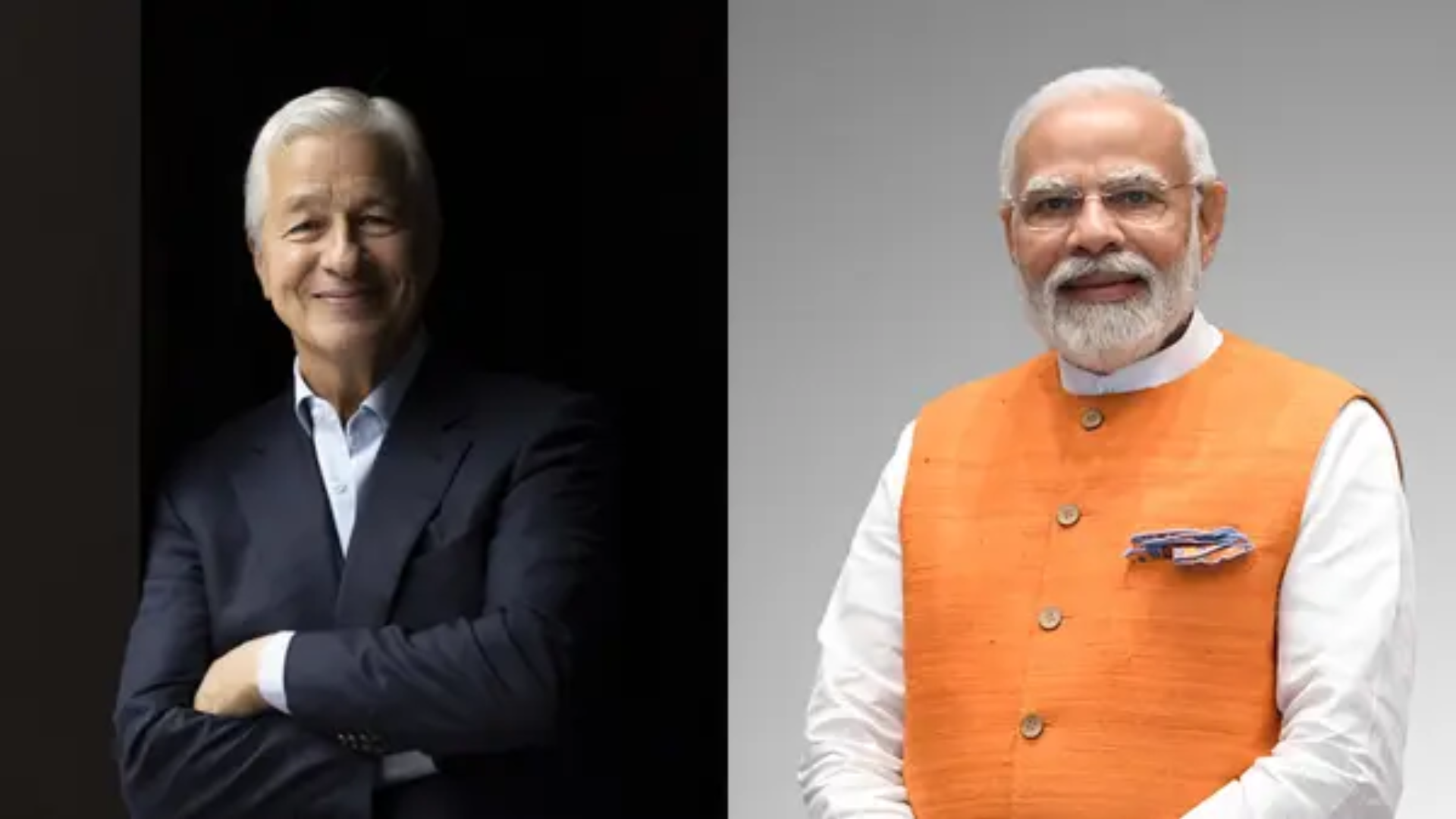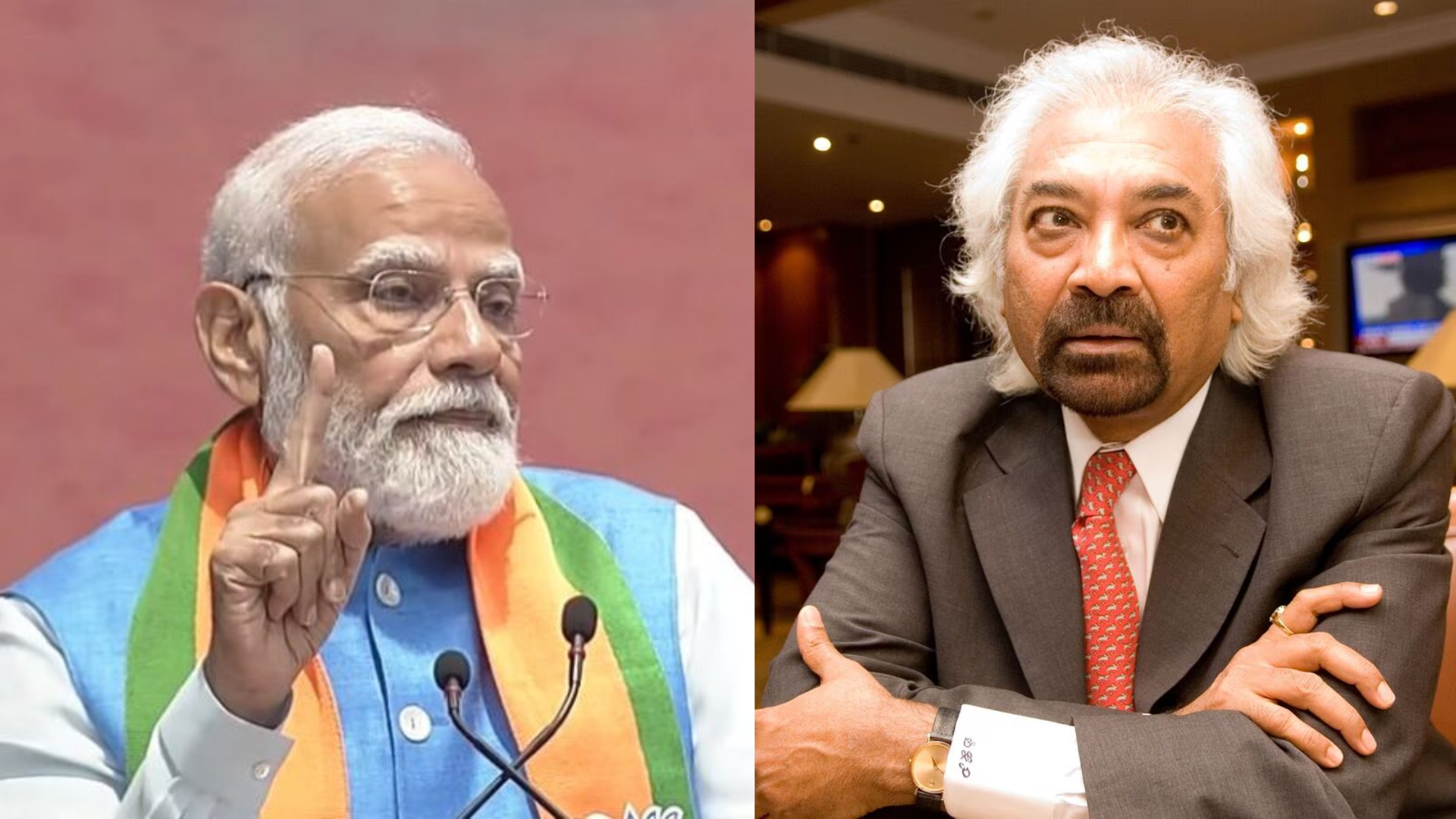




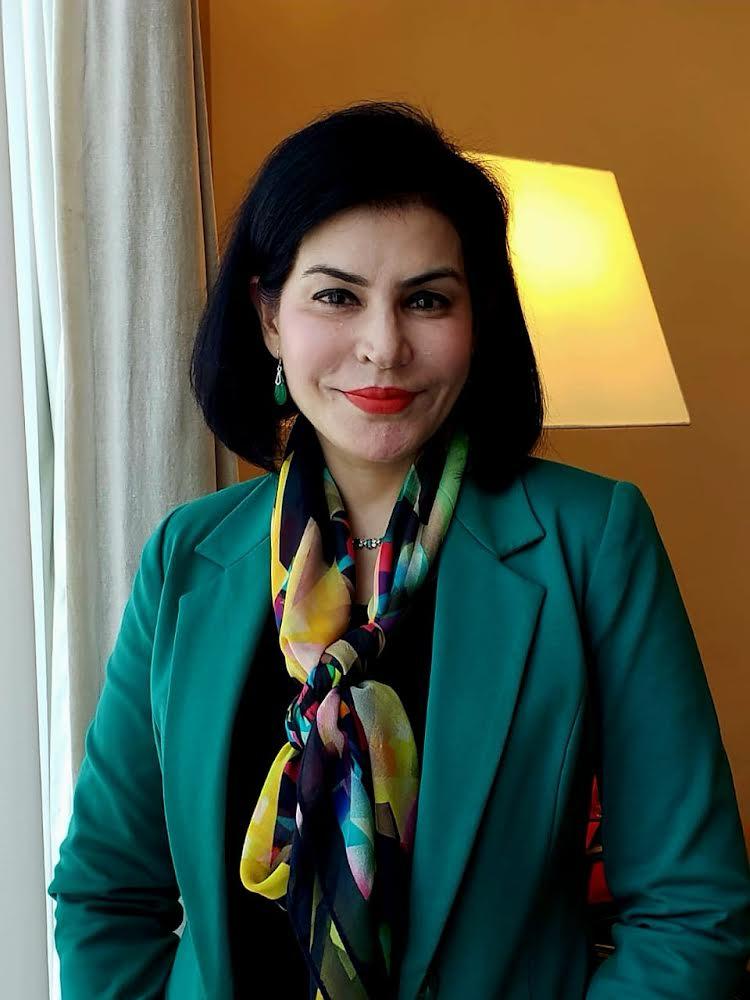





In an exclusive interview with NewsX, Vandana Singh, the Director of Global Corporate Key Account Management for Asia Pacific, shared insights into her 28-year journey in the air cargo industry. touched upon Vandana’s experiences, the evolution of the logistics cargo aviation industry, and the challenges and prospects for India as a burgeoning marketplace.
Vandana emphasized the critical role of the logistics cargo aviation industry in driving the global economy. From manufacturer to consumer, the industry ensures the seamless movement of goods worldwide. In the era of e-commerce, the efficient functioning of air cargo becomes even more crucial for timely deliveries.
Originating from a military background, Vandana revealed that her entry into the cargo industry was more of a mutual choice. Fascinated by aircraft and initially aspiring to be a fighter pilot, she found her way into cargo, driven by the intrigue of moving pallets and the unspoken passenger – cargo itself.
Discussing India’s position as a favored marketplace for multinational corporations, Vandana stressed the need for accelerated growth and increased speed to match the demand. She expressed optimism about the growing traction and emphasized the importance of pacing up to make India a hub across various industries.
Addressing the gap between the skills of young professionals and industry expectations, Vandana highlighted the need for faster awareness and industry involvement. While acknowledging the existence of supply chain management courses, she emphasized the importance of practical training, stipends, and motivation through recognition to bridge the existing gap.

